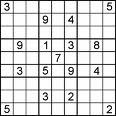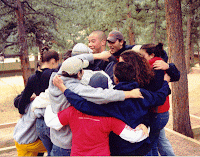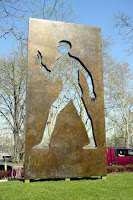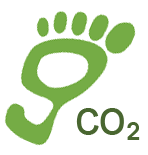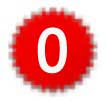 Apparently the biggest impediment to effective communication is knowing too much.
Apparently the biggest impediment to effective communication is knowing too much.
This is according to Chip and Dan Heath, authors of Made to Stick: Why some ideas take hold and others come unstuck (they have a fantastic blog as well). They cite an experiment in their book conducted at Standford in the 90s. The experiment took pairs of people, one designated to be a “tapper” and the other a “listener.” The tapper tapped out common songs (like Happy Birthday) on a table and the listener had to guess the song. Success rates were very low, but more significant was the result when the tapper had to guess whether or not the listener would be able to guess the song. It turned out that the tapper got the message across 1 out of 40 times, but they thought they were geting it across 1 in 2. They had the song going through their heads so clearly that they could not imagine that the other person could not guess it.
This would make a great communications game, to show why, sometimes, scientists don’t get their messages across in presentations; or why technical people don’t always make the best trainers.
Last week I attended a workshop on Systems Modelling, a basic course. It tooks us from the basic concepts and diagrams to simple modelling (simple I would say is a bit of a misnomer here). I have been conducting training in systems thinking for over 10 years now and thought it would be useful to actually take it through to the computer modelling part. I realise that my past success as a system thinking trainer could be partly due to the fact that I have been rather unburdened by a lot of in-depth knowledge of mathematical models and systems dynamics. Systems thinking diagramming tools like reference mode diagrams (or Behaviour Over Time graphs), and causal loop diagrams, are wonderfully useful all by themselves.
Well, one day into my course, I had learned a couple of new diagramming conventions and did my best to model ipod purchasing, wolf re-introduction into Scotland, and household budgeting. Not too hard when the instructor gives you the figures and units (like wolf/month) and you just pop them into the programme, I managed to keep my head above water. However, Day 2 was an eye opener in complexity (and a lot of digging around in the far back of your brain for mathematical logic). The instructor explained things as though everyone in the world would intuitively know how to normalise their variables so their units would work out and avoid unit errors. And he would add variables in a minute to make sure this happened and his units would be A.O.K.
The curse of knowledge implies that you can’t unlearn something, so you cannot easily put yourself in someone else’s uninitiated shoes. However, I think one can work on this – on tapping into the pre-expert knowledge state – through constantly embarking on new learning endeavours. If you think about it, you probably do learn something new every day, (perhaps not as new as modelling the population dynamics of Scottish wolves.) That experience gave me hours to tap into what it feels like to be in a pre-knowledge state.
In some ways, being a constant learner can help you be a better communicator and trainer, because no matter how much knowledge you have in some areas, you have a recent experience being on the other side of that knowledge exchange, and can apply that experience to the delivery of your message. Noticing your learning and what it feels like should be able to help us fight the curse of knowledge.






